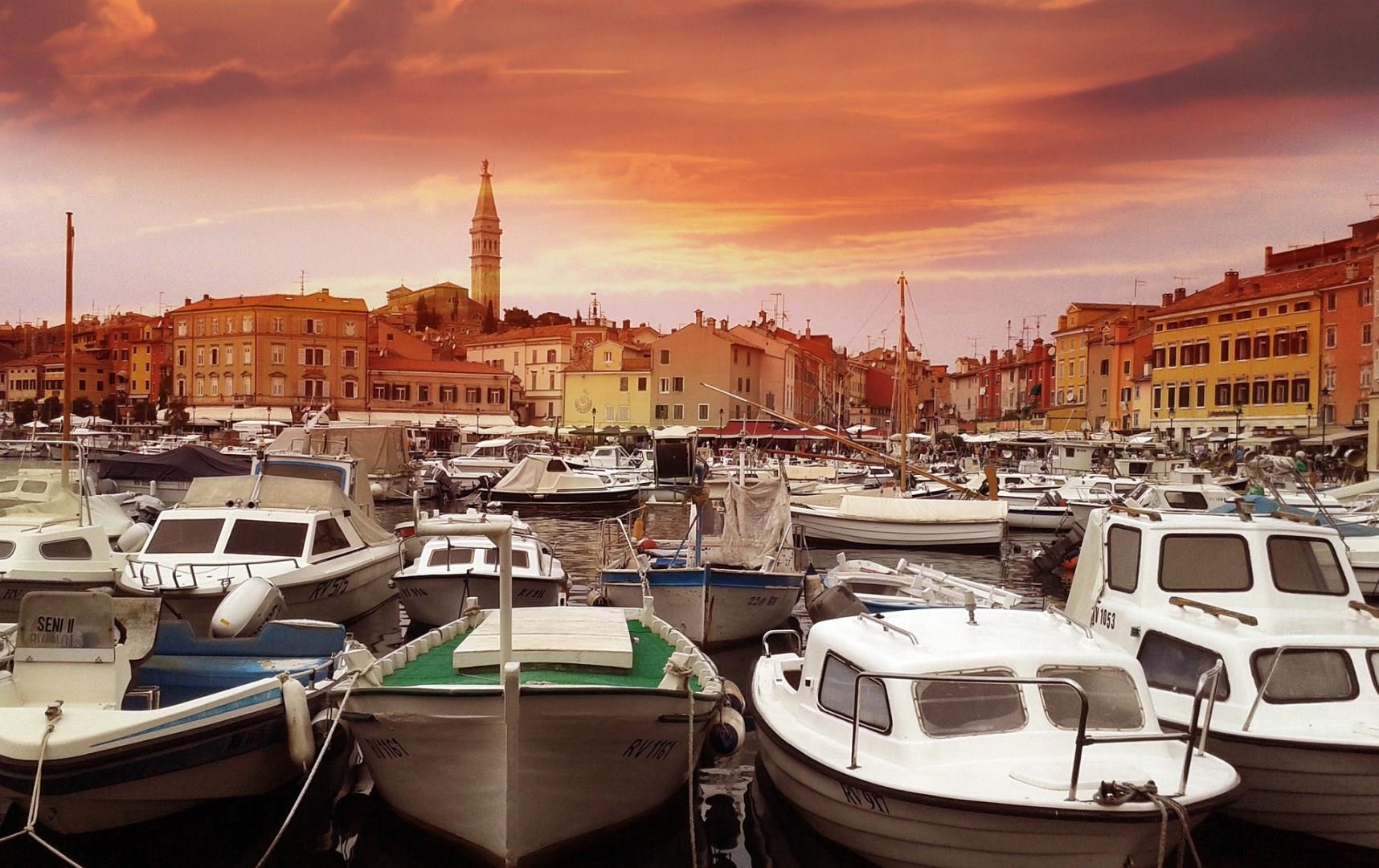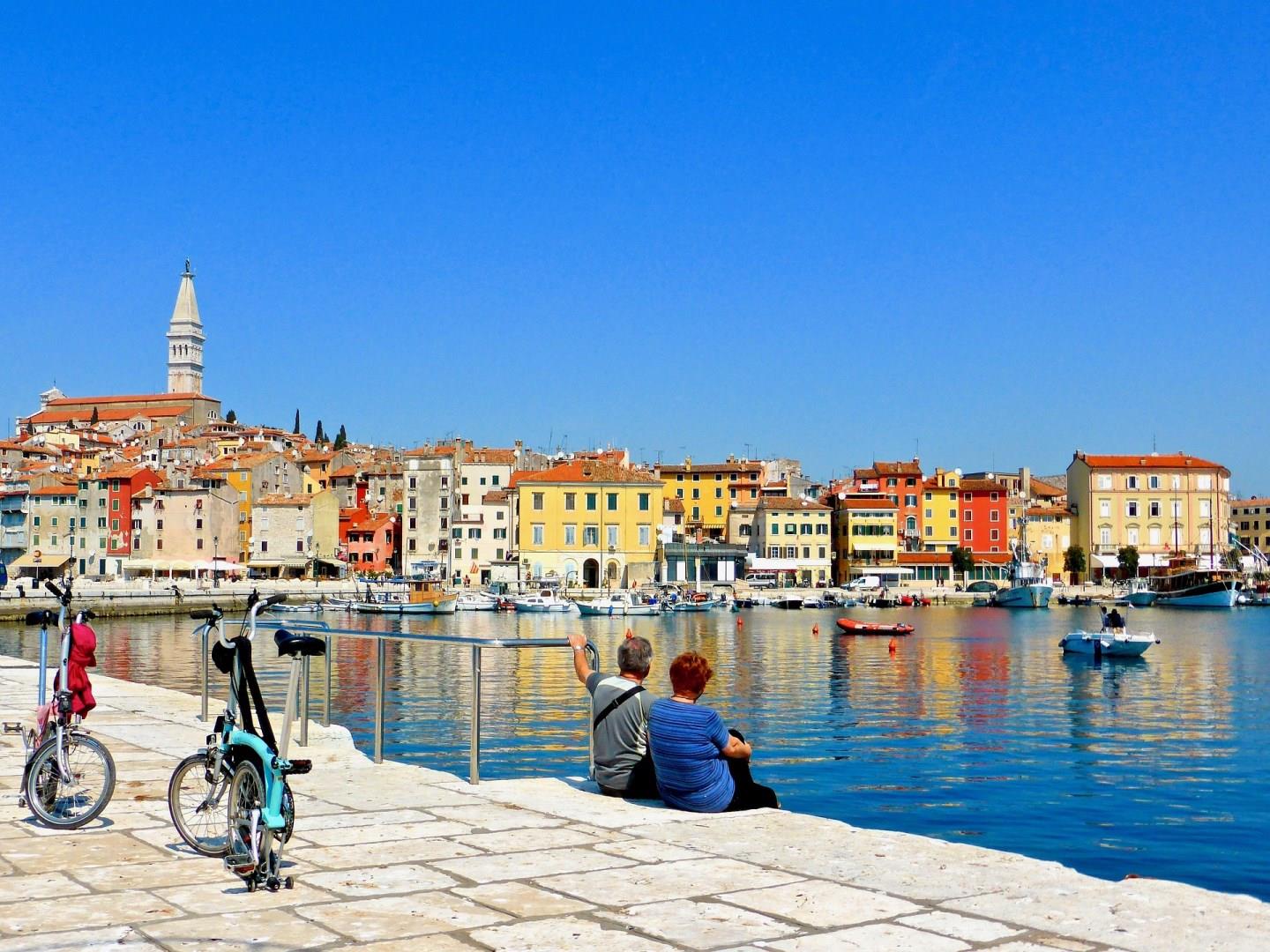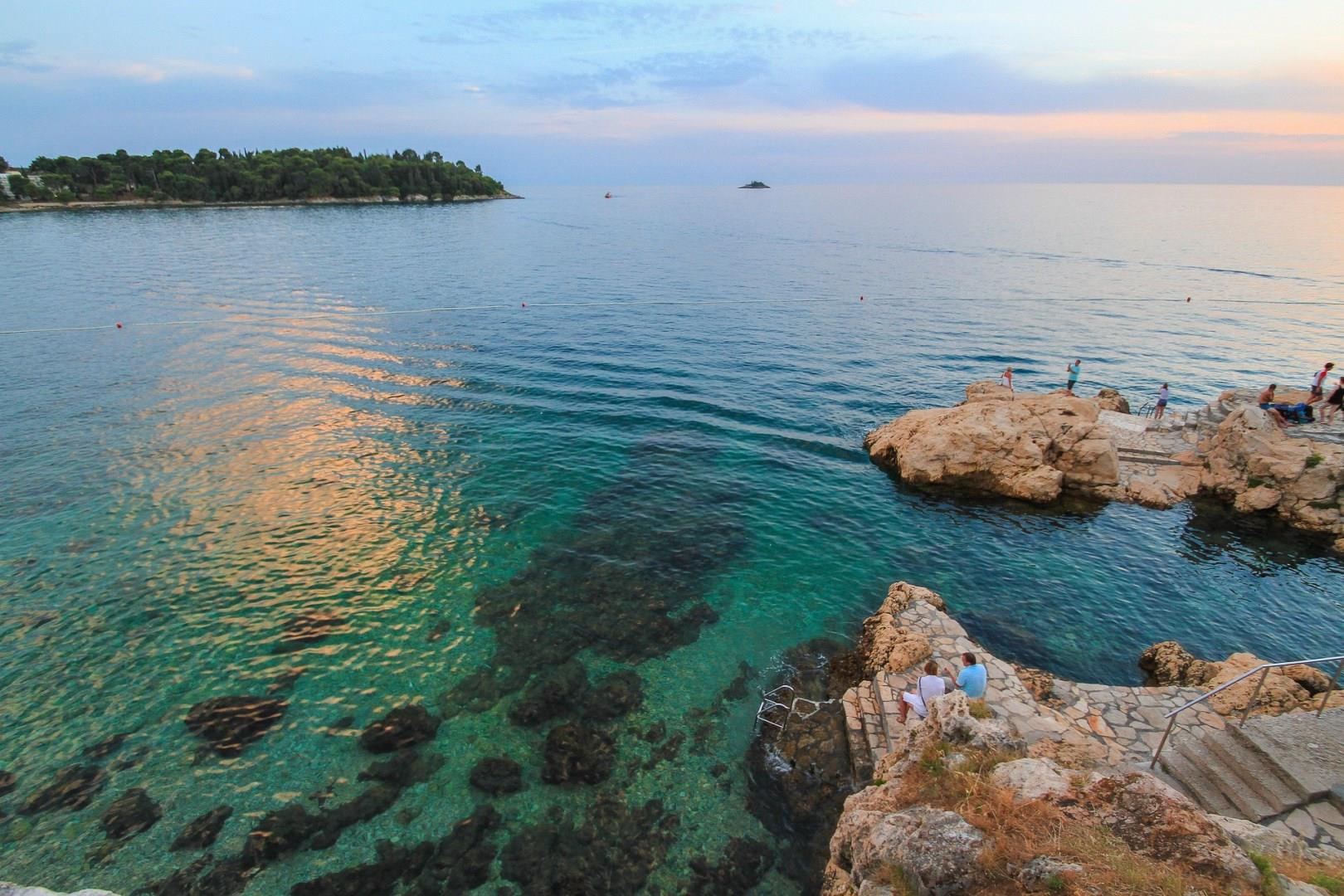

Milford Sound
Located northwest of Queenstown, New Zealand, the Milford Sound fiord is a stunning natural landmark in Fiordland National Park popular for its lush, jagged cliffs, cascading waterfalls, and variety of wildlife.

Puerto Rico
Puerto Rico is a colorful and invincible archipelago. This U.S. territory, irrevocably shaped by colonialism and dramatic weather events, is awash in culture, with much to be learned in its art galleries and its centuries-old citadels. Capital city San Juan is the largest city and tourism hub. Visitors should see Old San Juan, the inviting beaches, and Museo de Arte de Ponce, among the finest art museums in the Caribbean.

Monkey Mia
Monkey Mia, located within the Shark Bay World Heritage Area on the western coast of Australia, is a serene paradise known for its world-famous wild dolphin encounters. This remote coastal gem, surrounded by the turquoise waters of the Indian Ocean, invites visitors to experience up-close interactions with bottlenose dolphins in their natural habitat. For over 50 years, these dolphins have made daily visits to Monkey Mia’s shores, creating a unique tradition that brings awe to travelers.

Panama
Situated on the Isthmus of Panama, the tropical Republic of Panama is of course best known for its canal. Thousands of ships cruise through the Panama Canal locks each year. Visitors to the country will also find diverse wonders of nature, including plants, birds, and trees. Panama City, its capital, has over a million inhabitants and is a modern, bustling destination.

Paris
France's capital and most populated city, Paris is an alluring destination and an essential stop for any global traveler. A center of fashion, gastronomy, and the arts. Major tourist attractions in the City of Lights include the Eiffel Tower (such great heights!), the Louvre (home of the Mona Lisa and Venus de Milo), the Arc de Triomphe, and Grand Palais.

Sacred Valley
The Sacred Valley, located in the Andes and divided by Urubamba River, was part of the larger Inca Empire, along with Machu Picchu and the closeby town of Cusco. Tourists will see green agricultural landscapes and Spanish hamlets like Ollantaytambo and Pisac, the latter featuring a Sunday market.

Skyland World Travel
One call for all your travel needs
EMAIL US:
GIVE US A CALL: (908) 852-7081












